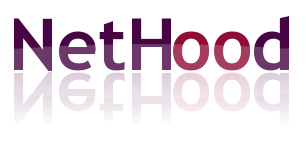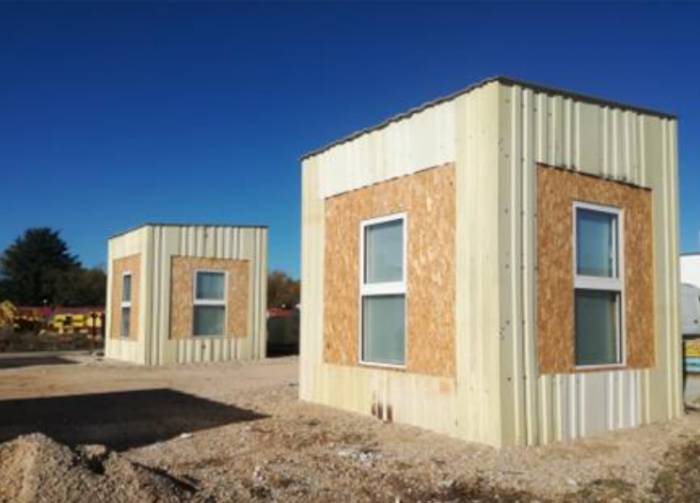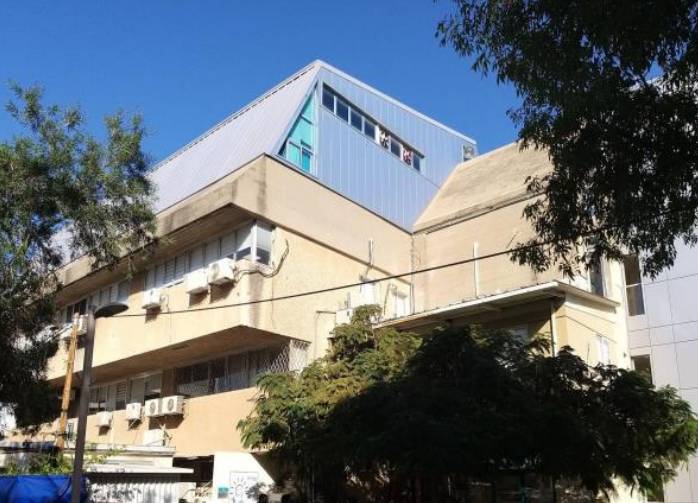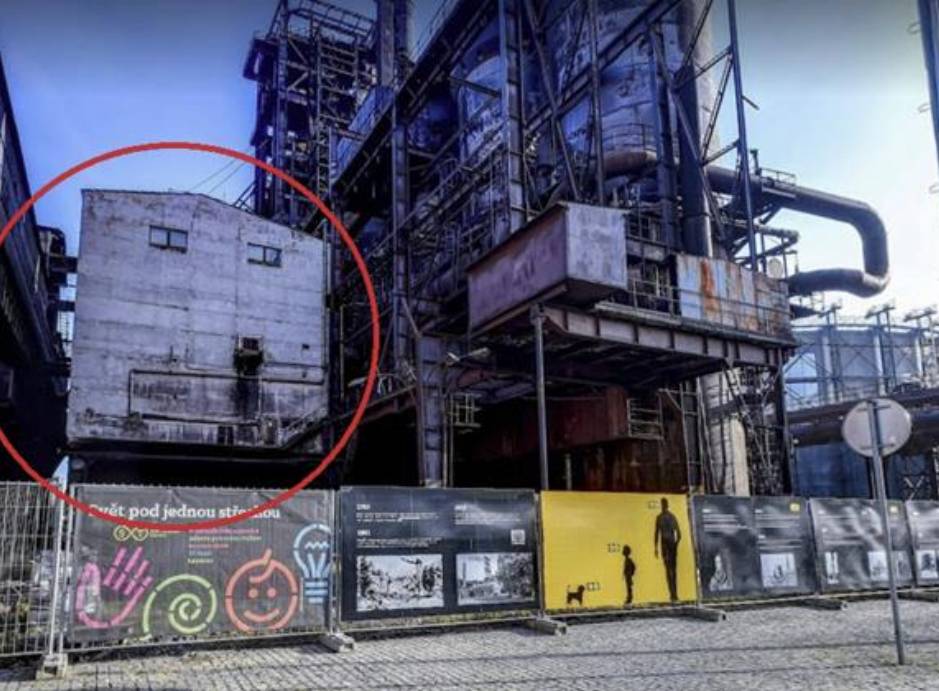
|
about
projects
papers
events
contact
|
Call: HORIZON-CL5-2022-D4-02
Starting date: October 1st, 2023
Home page: https://sincere-project.eu
SINCERE is a new Horizon Europe project titled "The second life of modern period architecture: Resilient and adaptive renovation towards net-zero carbon heritage buildings".
SINCERE targets to elucidate the values of Built Cultural Heritage and provide the tools for optimising the carbon footprint and energy performance of historic buildings, towards the requirements of net-zero-carbon-buildings, by utilising innovative, sustainable, and cost-effective restoration materials and practices, energy harvesting technologies, ICT tools and socially innovative approaches.
SINCERE focuses also on raising awareness and empowering Europeans to promote the concept of preservation of CH buildings by communicating and disseminating the obtained scientific results through cultural activities at national and international level.
The project partners:
- National Centre for Scientific Research Demokritos (NCSRD)
- up2metric
- ECOAMA
- RIMOND
- Politecnico di Milano, Civil and Environmental Engineering
- Universidad de Navarra, Materials & Cultural Heritage
- Centre for Research and Technology-Hellas (CERTH)
- TITAN S.A.
- Ben-Gurion University of the Negev
- NUROGAMES Gmbh
- ACCIONA Construction S.A.
- HELLENIC MINISTRY OF CULTURE
- Linkopings Universitet
- MUSEum+
- University of Malta, Construction and Property Management
- University of Sheffield
- University College London (UCL)
- NetHood
The technical work of the project will be applied, evaluated, and communicated through four pilots with diverse characteristics.
Pilot 1: Demopark buildings at Algete, Madrid, Spain.

The technologies that will be developed within the SINCERE project, following the designing and the laboratory-testing, will be evaluated and validated outdoors at a larger scale, on building prototypes (test cells) located in the Demo park at Algete (Madrid) managed by ACCIONA. The Demopark has previously hosted the first full-scale tests on other innovative and sustainable construction materials and practices within relevant EU projects. The prototypes will serve as testbeds of the developed materials exposed in real environmental conditions and will provide useful information, regarding the practical issues arising, but also will give an insight for the overall response of the applied solutions. Four experimental test cells will be available to apply the materials and technologies and to analyse the thermal performance of the different refurbishment solutions (thermal mortars, radiative cooling coatings) and compare them with non-refurbished conventional old solutions. The North façade will be fully isolated to have no influence on the other facades. Energy harvesting materials (BIPVs) and DT for monitoring and performance evaluation will be also included in the test buildings.
Pilot 2: Neoclassical school building in the Medieval city of Rhodes, Greece

The pilot 2 Heritage demonstration site is the neoclassical school building, in the Medieval city of Rhodes, built at the end of the 19th century. The building is located in front of the Grand Master Palace, the most visited site in Rhodes, and forms a typical example of the Ottoman period architecture. The building was in operation until the late 1980s, where it was abandoned, due to serious static problems on its foundation. The building is approximately 650 m2 and is developed around a central atrium with a perimeter gallery, with a total area of approximately 350m2. The Department for Modern Monuments of Dodecanese (HMC) has developed and supervises a multi- phase conservation plan for the structural strengthening and restoration of the building.
The building offers a unique opportunity for demonstration and evaluation of the restoration materials, energy harvesting technologies and H-BIM/H-DT tools, linking the project results with visitors from all over the world. The main technologies that will be demonstrated include: Monitoring of environmental setup and localised future climate change scenarios for risks identification, digital reconstruction in 3D, thermal insulation mortars and renders, radiative cooling coatings, transparent BIPVs for energy harvesting, energy consumption scenarios based on H-DT projections. Moreover, since the site will be operating as an open restoration site (open lab) by the HMC, several education and training activities of SINCERE will take place, in collaboration with local authorities.
Pilot 3: Holon Institute of Technology in Israel

The Holon Institute of Technology was founded in 1969 in an existing site with workshop buildings, built in 1953.
The pilot site at HIT is building no. 3. A four-storey structure of a total floor area of 2200 m2, constructed in 1972. It was renovated and enlarged in 1992 and in 2009, when an elevator core was added for accessibility. The building provides today a mixed-use of spaces for administration (offices, meeting rooms), laboratories, conference hall, and synagogue. The building is built of exposed reinforced concrete frame in the Brutalist style of exposed concrete surfaces. Other materials include aluminium windows and insulated aluminium panel roof (a later addition).
HIT is an excellent example of similar buildings in Israel and elsewhere in Europe, offering a great example for CH concrete building reuse and retrofit, instead of demolition. The envisioned interventions, which will include thermal insulating and structural retrofitting mortars, radiative cooling coatings and BIPVs, will offer a unique opportunity to evaluate an intensely used building and compare conditions through H-BIM/H-DT tools, before and after interventions evaluating energy production and conservation, maintenance and overall performance of the building. The educational context of the pilot, will also provide opportunities to study the pilot in real-time and engage students and faculty in the monitoring and evaluation process, reporting and dissemination.
Pilot 4: MUSEum+ in Ostrava, Czech Republic

MUSEum+ is a museum under development in the city of Ostrava, once a small town that was transformed “overnight” into an industrial metropolis, The blast furnaces shall represent the positive and darker sides of these changes, permitting staff and visitors the chance to consider how the future may unfold.
MUSEum+ is a state contributory organisation established in 2021 by the Ministry of Culture of the Czech Republic. Its task is to revitalise the blast furnaces 4 and 6 and the casting hall (brownfield) in the Lower Vítkovice area in Ostrava and transform them into a new function - an innovative museum while respecting the heritage value of the building.
Plans include the creation of a 7500m2 exhibition space, a library and study room, a children's museum, a CCI use area, a gastro zone, a depository and repository, restoration studios, etc. The total planned gross floor area including parking is over 20000 m2.
The specific pilot provides a unique chance to demonstrate the materials (structural and thermal retrofitting mortars) and technologies (BIPVs) developed within SINCERE, since the structure is located in far northern land, with significantly lower average temperatures around the year compared to the other demos that are extended around the Mediterranean. H-BIM/H-DT tools will also provide an insight on the efficiency of the restoration materials exposed to different environmental conditions (temperature, solar radiation, humidity etc.) next to the other three pilots. Moreover, the rehabilitation of the cultural monument with sustainable materials and methods, combined with its new use, of cultural and educational nature, encompasses a symbolism, which highlights the transition from a structure previously belonging to a plant with increased negative environmental impact, to a considerably eco- friendly, greener building with cultural and educational qualities.
NetHood is the dissemination leader of the SINCERE project.
In addition to its previous experience as a dissemination leader (project netCommons), NetHood will bring to the project the Really Simple Federation concept supported by blob, a novel RSS-based aggregation platform, developed recently in the context of the C4R project. A first installation is available at https://cultures4resilience.net.
The distributed architecture of the platform is an ideal environment for experimenting with one of the key ideas introduced by NetHood in the SINCERE project: the challenge to give a voice to cultural heritage buildings, and create an "alliance" of buildings in the spirit of the parliament of things" introduced by Bruno Latour.
Check the project's web site for up-to-date information on the progress of this work.
